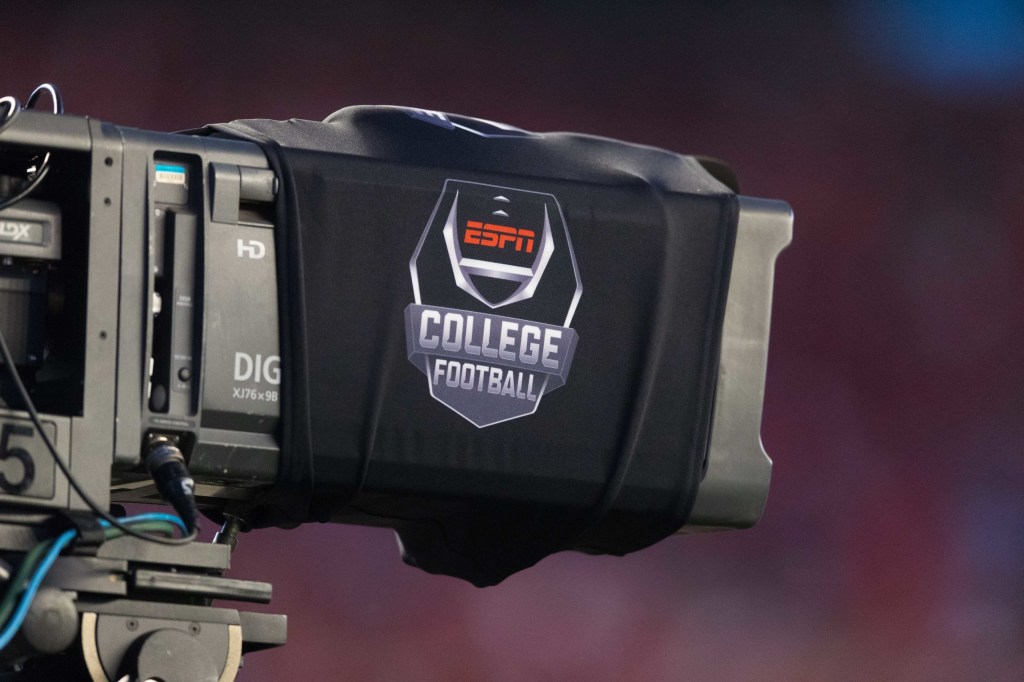
Making a career change can be tough, but in the end, it is all worth it. (Image via Pexels)
A little over a year ago, I made the decision to transition from collegiate strength and conditioning coach to work towards making a broader scale impact on a collegiate athletic department and the student-athletes.
This past summer, I was provided the opportunity to join TCU’s staff as a Marketing Assistant with Group Ticket Sales. The transition process was not easy but definitely rewarding; so, I want to share with you how to make a drastic transition, such as this, happen.
I couldn’t go about sharing this information without the help of the ultimate career changer, the author of Call an Audible: Let My Pivot from Harvard Law to NFL Coach Inspire Your Transition, Coach Daron K. Roberts. I got a chance to connect with Coach Roberts after reading his book and noticing that our journeys had very strong similarities with his being on a much grander scale. We collaborated to be able to share the process of successfully making a career transition with you.
Just Get in the Building
When you are committed to making a career transition or breaking into an industry, the mission is to start by getting in the building. Coach Daron K. Roberts emphasizes the three keys to getting in the building are gathering intel, crafting a strategy, and casting a wide net.
Gather Intel
The most important part of the process is gathering intel. Within this process, you are creating a significant database, which will inform you about the sector itself as well as the people within the sector. Treat this process as a CIA investigation and try to pull together all relevant information.
When transitioning from Harvard Law to the NFL, Roberts gathered an abundance of intel about the NFL coaching profession and the coaches within it. He did the following: “I went through the website of every NFL team, every bio of every coach on the staff and created an Excel sheet that gave me key pieces of information. If I saw that a coach was from the state of Texas or attended the University of Texas, then I noted that down.”
Roberts also read as many books about coaching and books written by coaches as he could. These included John Gruden’s Do You Love Football?!, Bill Walsh’s The Score Takes Care of Itself, John Wooden’s Wooden on Leadership among others.
Roberts constructed this immense database from which he found the unique ties between his background, the coaching profession, and the coaches he was studying. It was then time to use that information to start crafting his strategy.
Craft a Strategy
Once the intel is gathered and the database is created, it is time to start putting the information to work for you by preparing for the outreach process. When reaching out to professionals, you have to be able to stand out when you connect with them. They have a lot of emails and information coming their way, and you have to make it worthwhile for them to respond to you.
If you are telling someone you are seeking a career change, it can’t just be, “Oh, I just want to try something new.” Don’t waste anyone’s time. The message has to exude that you are serious about making an impact on this new path, and it should state why you want it.
During my transition, I sent emails requesting to conduct informational interviews to connect with professionals in college athletics. I explained that I loved the world of strength and conditioning and the close interaction with the student-athletes, but my passion and focus was to be able to make an even greater and broader scale impact on an athletics organization and the experience of the student-athletes.
Get the FOS Daily Newsletter! Subscribe today!
Coach Roberts employed a similar strategy in that he started by figuring out what made him suited for his new field. He stated to me, “All that I could hang my hat on was that Harvard Law School is the most demanding educational school in the world, and I thrived in that environment for three years.”
He continued, “I am going to take that same work ethic to your team… and I am going to work for free.” Especially in a high demand field such as sports and entertainment, you often have to be willing to work for free or very little pay starting off. Stating up front that you realize this fact and are willing to endure the sacrifice and put in the necessary work establishes more credibility and shows your dedication to the transition.
Cast a Wide Net
Once the strategy is constructed, it is now time to execute and begin the outreach. Do not be timid or complacent with this process. If you are serious about getting in the building, you have to adopt the attitude of “whatever it takes.” This should consist of sending letters, sending emails, and making calls. Find out if those professionals or others in the industry may be speaking somewhere that you may be able to travel to.
During my process, I decided the week before the 2017 NACDA (National Association of Collegiate Directors of Athletics) Convention that I had to make my way to Orlando. I maxed out my credit card to pay the registration fee and book a cheap hotel to spend the weekend there. I filled up a cooler with sandwiches, drinks, and 5 Hour Energy to make the 16-hour drive from Champaign, Illinois. I walked the lobby hallways all Saturday and Sunday, traded business cards, shared my story and vision, and developed new relationships. Making this leap was substantial, and it gave me momentum for the rest of the process.
Continue to work and refine the process of getting in the building until someone finally gives you your opportunity.
Triangle of Champions
Once the transition has been made and you’ve made your way into the building, next it is time to switch gears from casting a wide net to focusing and finding your “Triangle of Champions.”
In Call an Audible, Roberts exclaims that the triangle of champions is the way to go rather than the “circle of friends” as the circle can be tough to manage. This is not to say you should only connect with three people in total, but those champions are the major industry influencers who move the needle.
Primarily focusing on cultivating three strong relationships with champions in your industry rather than with 5, 6, or 7 will allow for deeper connections to be established. Move from quantity to quality.
Going along with the shift from quantity to quality, Roberts thinks of it in the way of going from a volume mindset to a vouch mindset.
“Instead of spending three hours trying to cultivate 20 champions, spend two hours cultivating three.” – Daron Roberts
More time should be spent sending them thank you letters, meeting for coffee, and sending articles related to the field. If there are too many people in the circle, then those points of contact per person become limited which strains how well they will be able to vouch for you. Maintain the triangle and show that you are all in.
First In. Last Out.
In order to stick and to truly thrive in the new industry, your duties have to go beyond what is in your job description. You may have to humble yourself at times and be willing to do the menial tasks that no one else wants to do.
“The focus should be on how can I do my job well, but also do some tasks that seem to be lower level to show people that I am all in.” – Daron Roberts
Take pride in these seemingly small tasks, understand how they are significant to the operation of the organization, and execute extremely well.
On top of taking pride in the menial tasks, you have to be in control of making your weaknesses your strengths. Don’t sit around and wait on someone to help you develop if you have the ability to help yourself grow.
Roberts made a major point that you have to be willing to put yourself through a professional development sequence. There are plenty of key books, articles, and podcasts out there that house the information you are seeking. If they don’t have the answers, then find the people who may have the knowledge and setup time to have a conversation with them.
Coach Roberts was given his first NFL coaching opportunity as an intern under Coach Herm Edwards of the Kansas City Chiefs at the time. He spent seven years as an NFL and college coach before making his next transition in becoming the founding director of the Center for Sports Leadership & Innovation (CSLi) at the University of Texas.
The process of making a drastic career transition, especially in a high demand field, takes strategic effort, passion, and sacrifice to be successful. The steps laid out here are just a few that related to our paths but, if followed, will help your next career transition to be on the right track as well.

















